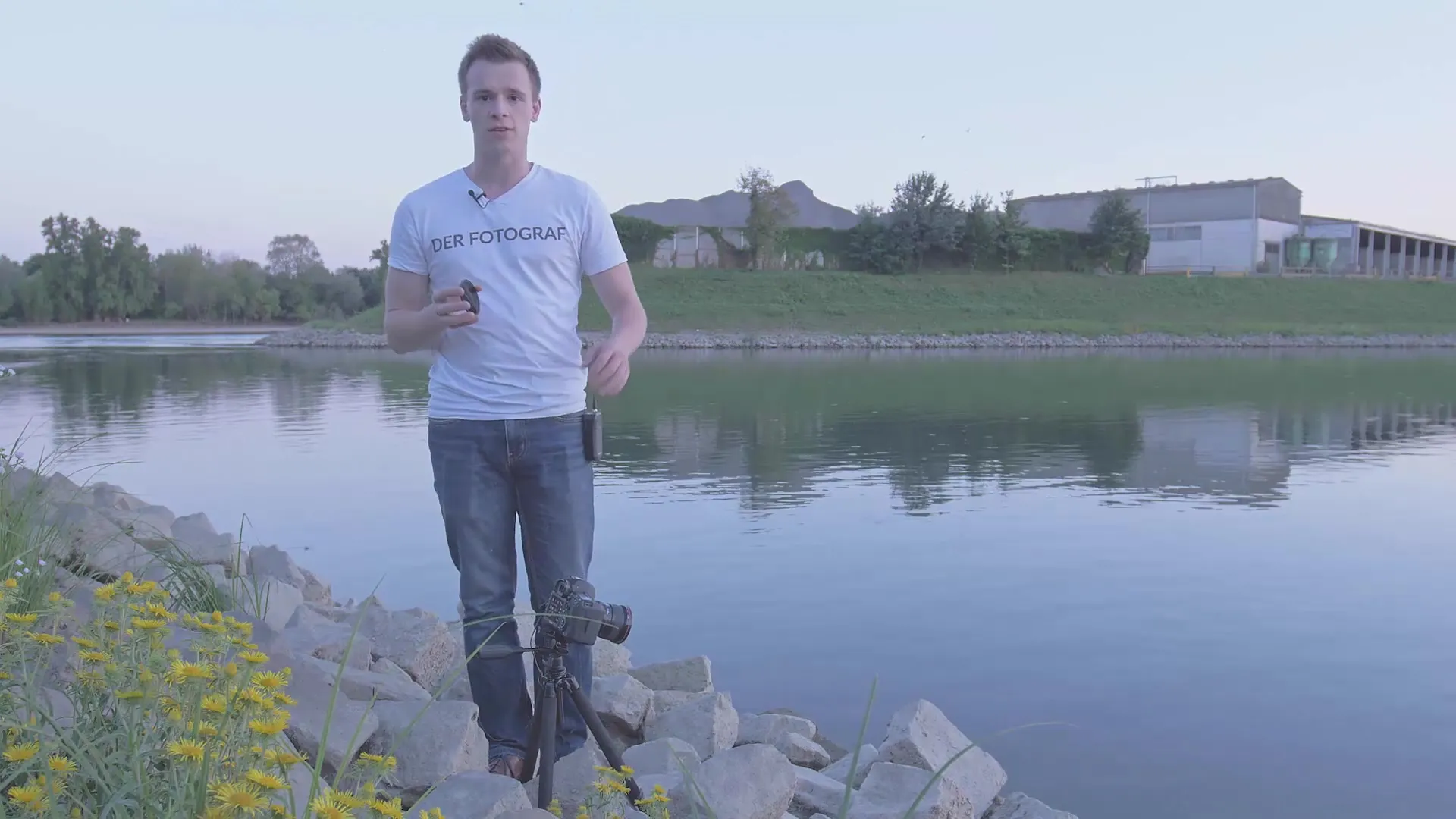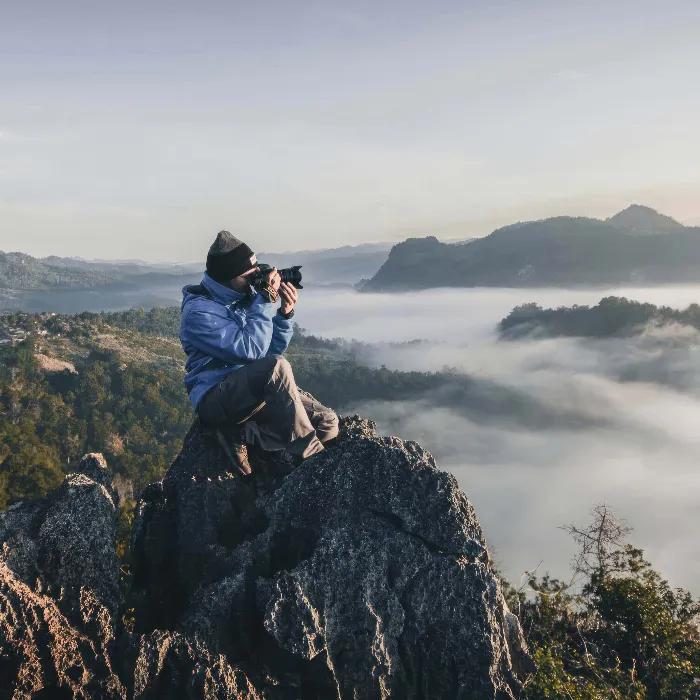Filtershave long been an essential tool in photography. They offer you possibilities that are hard to achieve in post-processing. For example, you can balance out brightness differences, extend exposure times in daylight, and achieve many more creative effects. In this guide, you will get a comprehensive overview of the advantages of various filters and receive recommendations on which ones you should definitely buy and which ones you should avoid.
Key Insights
The key points about filters in photography are:
- Neutral density filters allow for long exposure times in daylight to smooth out movements, such as in water surfaces.
- Graduated filters help balance out the brightness difference between the sky and the ground.
- Polarizing filters reduce reflections and intensify colors, especially in grass and other natural elements.
- UV filters are technically outdated and can diminish image quality due to extra reflections.
Step-by-Step Guide
Neutral Density Filters: The Sunglasses for Your Camera
The neutral density filteris a kind of sunglasses for your camera. It is one of the most effective ways to reduce the exposure of an image, which helps you in landscape photography and long exposures. An ND1000 neutral density filter makes the image significantly darker and allows for longer exposures.
With an ND1000, you can, for example, make the water in a river or sea appear smooth and calm, while it is actually in motion. This is particularly useful if you want to eliminate the movement of the water to create calm, smooth surfaces.
To photograph with a neutral density filter, you need to adjust the settings on your camera. With an ND1000, it is necessary to choose an aperture of 22 and expose for at least one second. When you place the ND1000 on your camera, the exposure time of the image can even increase to up to 16 minutes. Make sure to use an external trigger for such long exposure times or use the bulb mode of your camera to prevent camera shake.

Graduated Filters: Perfect Balance between Sky and Ground
A graduated filter is a great addition when working with landscape images where the sky is much brighter than the ground. The effect of the graduated filter is that it darkens the upper part of the image while leaving the lower part unaffected. This allows you to control the sky without losing the dynamics of the ground.
By simply sliding the graduated filter in front of the camera, you can soften the brightness of the sky. This leads to a more harmonious image with a higher dynamic range that is difficult to reproduce in post-processing. This filter is particularly excellent for photography in HDR look to generate more interesting brightness levels in the image without actually having to perform HDR photography.
Polarizing Filters: Optimize Colors and Reflections
The polarizing filter, often referred to as a polarization filter, is another important filter for photographers. It can filter out polarized light, resulting in more vibrant colors. For example, grass looks significantly greener and more saturated, and the contrast between the sky and ground becomes more balanced.
A major advantage of the polarizing filter is its ability to reduce reflections. When you use a polarizing filter, you can eliminate reflections on water surfaces and reveal what is beneath. To achieve the effect, simply rotate the filter on your lens until you see the optimal effect.
Be cautious when buying filters, especially neutral density and polarizing filters, as cheaper versions can often cause color shifts. I recommend investing in high-quality filters to achieve the best results. A recommended manufacturer is B+W, which is considered a market leader and offers you excellent quality.
UV Filters: Hands Off!
There are many discussions about UV filters and whether they are necessary when photographing. In my opinion, you don't need them. UV filters are technically outdated, as many modern lenses already filter out UV light. Additionally, a UV filter can create reflections that harm image quality. I have tried it, and the results were by no means convincing – the reflections were only intensified.
Avoid using a UV filter to "protect" your lens. If your lens gets scratched, in most cases it won't be salvageable without a UV filter either. The reflections generated by these filters can be distracting, especially under difficult lighting conditions.
Summary – Filters for Photography: Effects and Recommendations
Filters are not only a creative tool in photography but also a valuable support to enhance the quality of your images. Neutral density filters help you extend exposure times, graduated filters allow for harmonious landscapes, and polarizing filters make colors pop and eliminate distracting reflections. However, avoid UV filters as they can degrade image quality.
FAQ
How does a neutral density filter work?A neutral density filter reduces the amount of light entering the lens, allowing for longer exposure times.
When do you use a graduated filter?A graduated filter is used when there are significant brightness differences between the sky and the ground to balance them out somewhat.
What does a polarizing filter do?A polarizing filter reduces reflections, intensifies colors, and creates more dynamics in the image.
Are UV filters necessary?No, UV filters are no longer necessary these days, as modern lenses already filter out UV light.
How do I know the right size for my filter?The size of your filter should correspond to the diameter of your lens, which is usually indicated on the lens itself.


